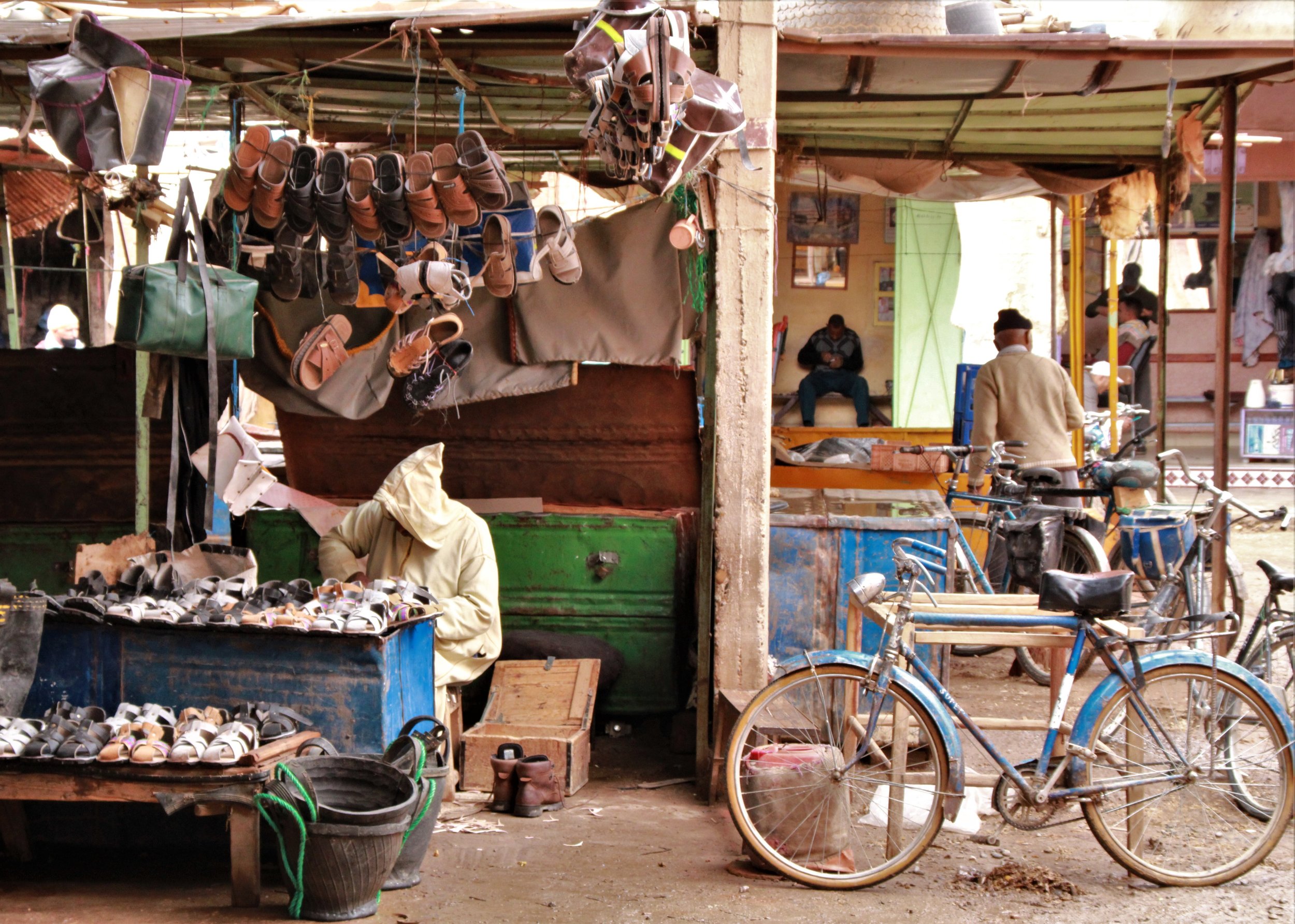Story at a glance…
-
As the most-visited African country, it can be hard to dodge the tourist traps in Morocco.
-
Three major destinations however can give one a glimpse of age-old Moroccan life without the burden of pushy locals and high prices.
-
Explore Meknes, Rissani, and Tétouan.
Morocco has a special and unique culture. Unfortunately, tourism often obscures this, in addition to bringing out the worst aspects of the Moroccan people.
How to travel in Morocco and avoid tourist traps comes down in no small part to one’s bravery, as it involves going to places that perhaps seem out of the way and therefore dangerous. However, the opposite is true. The deeper one plunges into Casablanca or Marrakech, the more danger one is likely to encounter, while those living out in the further reaches of the country tend more towards the better aspects of Moroccan people: namely generous hospitality.
Avoiding tourist traps in Morocco doesn’t mean missing beautiful riads, mosques, medinas, deserts, or mountains either. In fact, one can return home knowing that they are uniquely positioned to discuss Moroccan culture, having experienced the more natural side of it.
The busiest and most touristy places in Morocco are Casablanca, Marrakech, Rabat, Tangier, and Fes, as well as Chefchaouen in the mountains, and Merzouga and Zagora in the Sahara.
Here will be discussed Tétouan, Rissani, and Meknes. These destinations can all be found in the same general area.

Tétouan — “The White Dove”
A city of white which flows like a river down through a long valley, Tétouan is at a midway point between two popular destinations: the northern city of Tangier, with its multinational characteristics, literary history, and beaches, and Chefchaouen, the city painted blue high in the mountains.
The “White Dove” as Tétouan is called, features in some extraordinary history, including being ruled by the last Islamic woman ever to hold the title of queen (al-Hurra), and who was also an infamous pirate commander. The old medina is a UNESCO World Heritage Site, and the city enjoys a position in the UNESCO Creative Cities Network, notably for its crafts and music.
There is also a notable lack of foreigners. Some Spanish, French, and Jewish travelers (Tétouan had a huge Jewish population once upon a time) will occasionally arrive there, but for the most part the city retains a darling authenticity. Morocco’s famous outdoor dyeing pits can be found there, though unlike the ones in Fes, you won’t be constantly bothered to go see it by local guides.
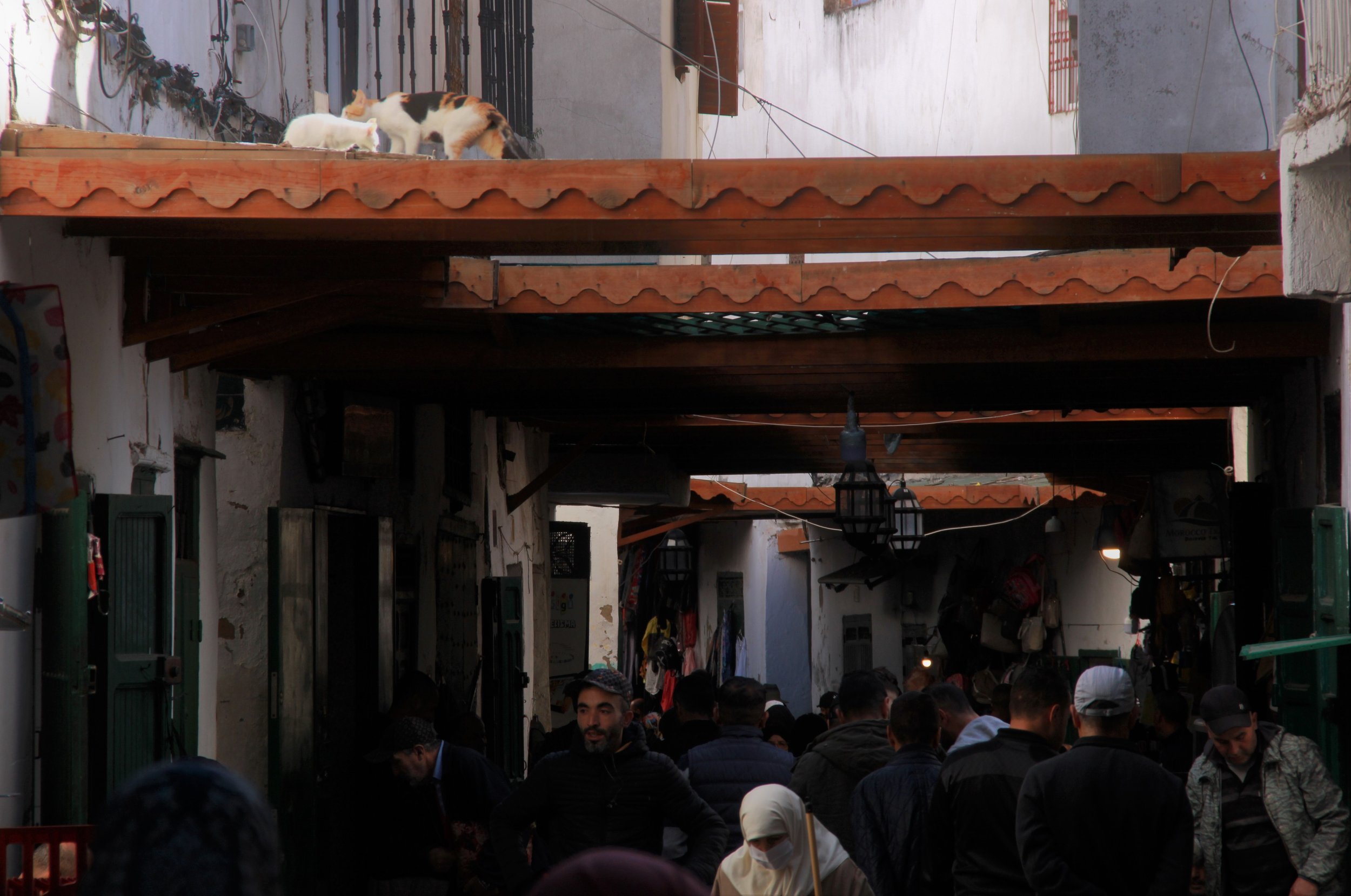
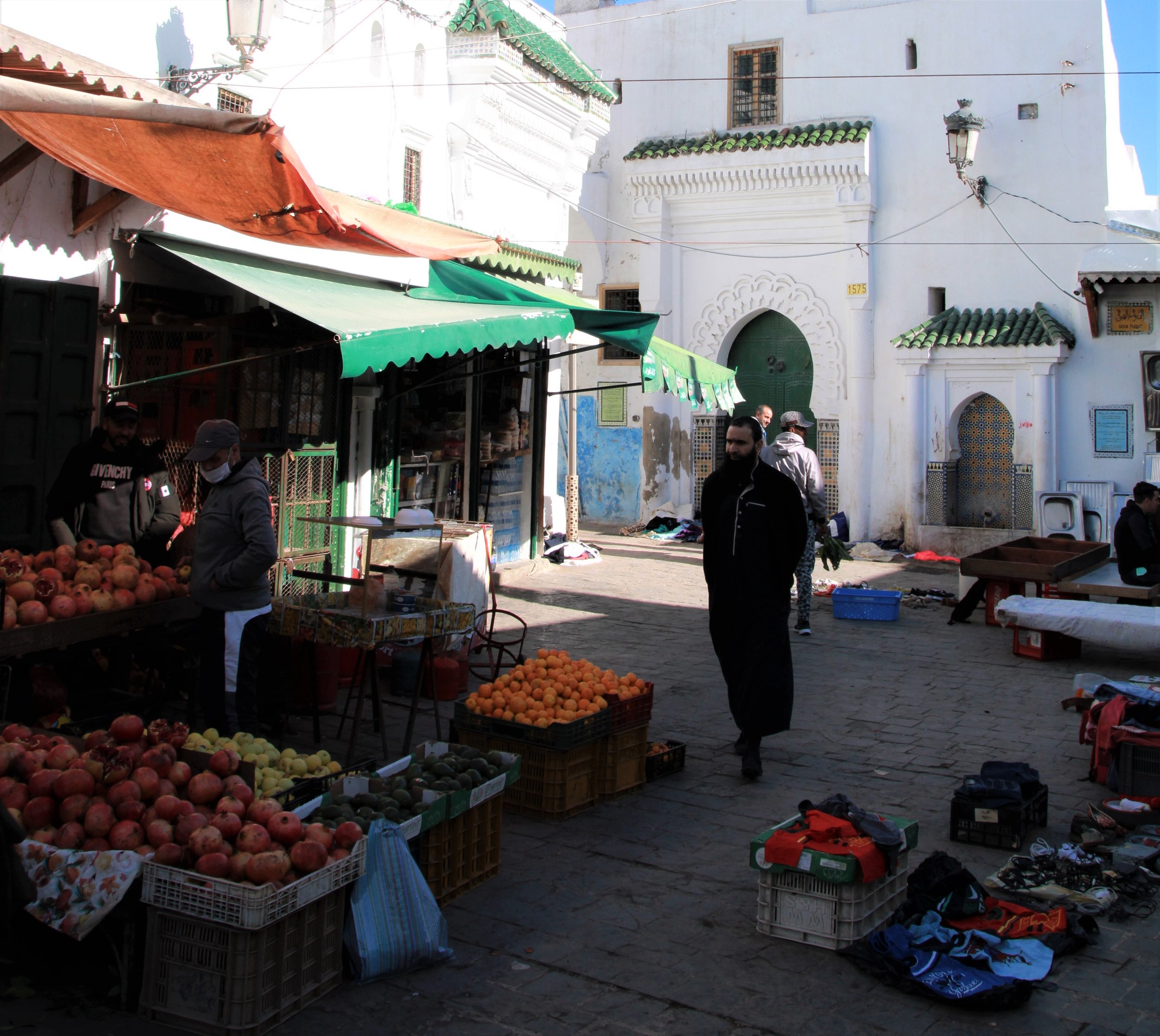
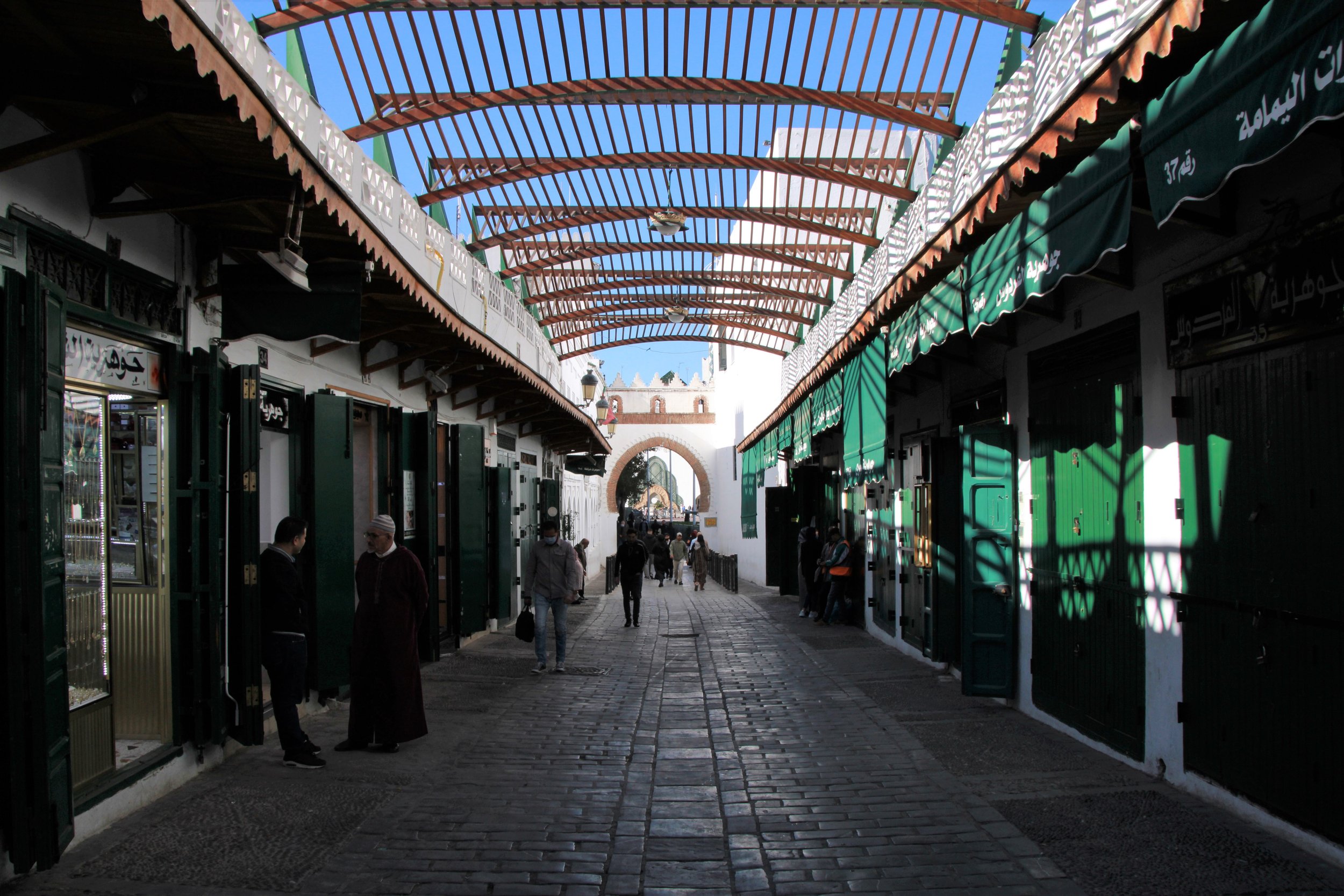
In Tétouan, there are many handicraft goods which if bought in Fes or Marrakech would cost far more—the benefit of being a Creative City and largely left alone by tourists.
Visitors to Tétouan should visit the Medina and find a cafe with a terrace to stop at, since the views of the city are extraordinary. The city is also awash with Andalusian and Turkish food, having been owned by both the Spanish and the Ottomans. One dish to keep one’s eye out for is fish tajine—many fresh sardines filleted and cooked atop a bed of tomatoes and garlic in a cast iron skillet.
A museum of modern art and a museum of archaeology contain the story past and present of the city, and for those with cars, they are surrounded by the Rif Mountains which are filled with small villages. The nearby seaside leisure town of M’Diq is about 60 kilometers away, and has nearly endless beaches and tons of great seafood restaurants.

Meknes — The Least Popular Imperial City
Meknes is a beautiful, old, and inexpensive place to see urbane Morocco. One of the four imperial cities of Morocco, Meknes is native in ways that Fes and Marrakech aren’t. In nearby Fes, people will constantly try to stop or follow you along the streets, all the while relentlessly asking if you want to see something or buy something.
Meknes is more natural. The people are more welcoming, and the markets can be enjoyed at a leisurely stroll without being bothered. The wise traveler to Morocco will always keep track of prices, and they’ll find them significantly lower in Meknes where tourists are rarer.
A massive UNESCO World Heritage Site, the imperial city palace complex lies at the heart of Meknes on the edge of the medina. Built after the arrival of the Alaouite Dynasty by Sultan Moulay Ismail, the broad walls and colored gates are beautiful. It is one of the best cities to see monumental Moroccan architecture from the 17th and 16th centuries.
A short grand taxi ride from town are the remains of an imperial-Roman era city called “Volubilis” another UNESCO Heritage Site, and one that gives a quite different impression from the Forum in Rome, namely because there are so few people there. Many decorative mosaics remain wholly intact, and the ruins of the Basilica, Triumphal Arch, and villas are deeply impressive to see so far from the Eternal City.
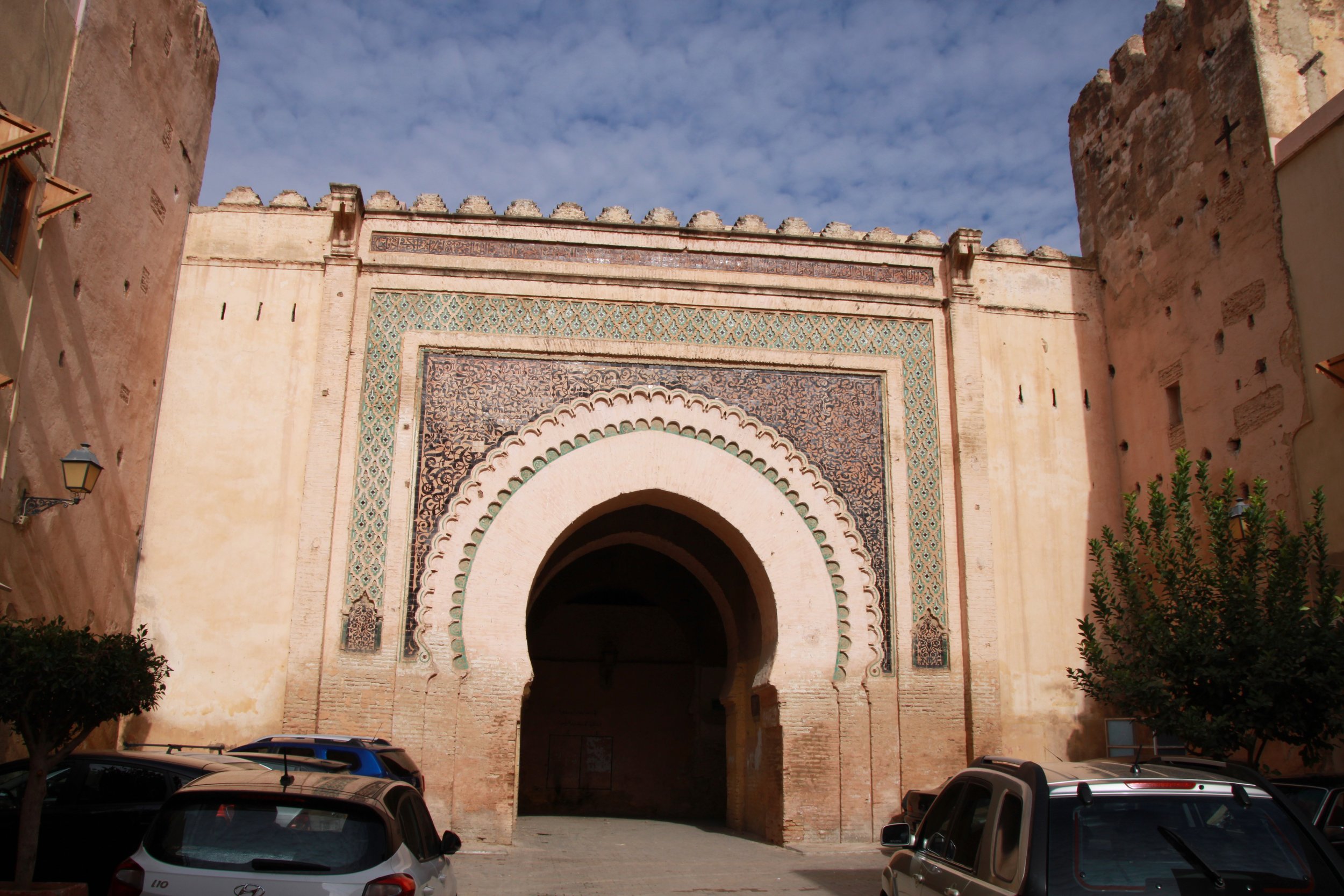

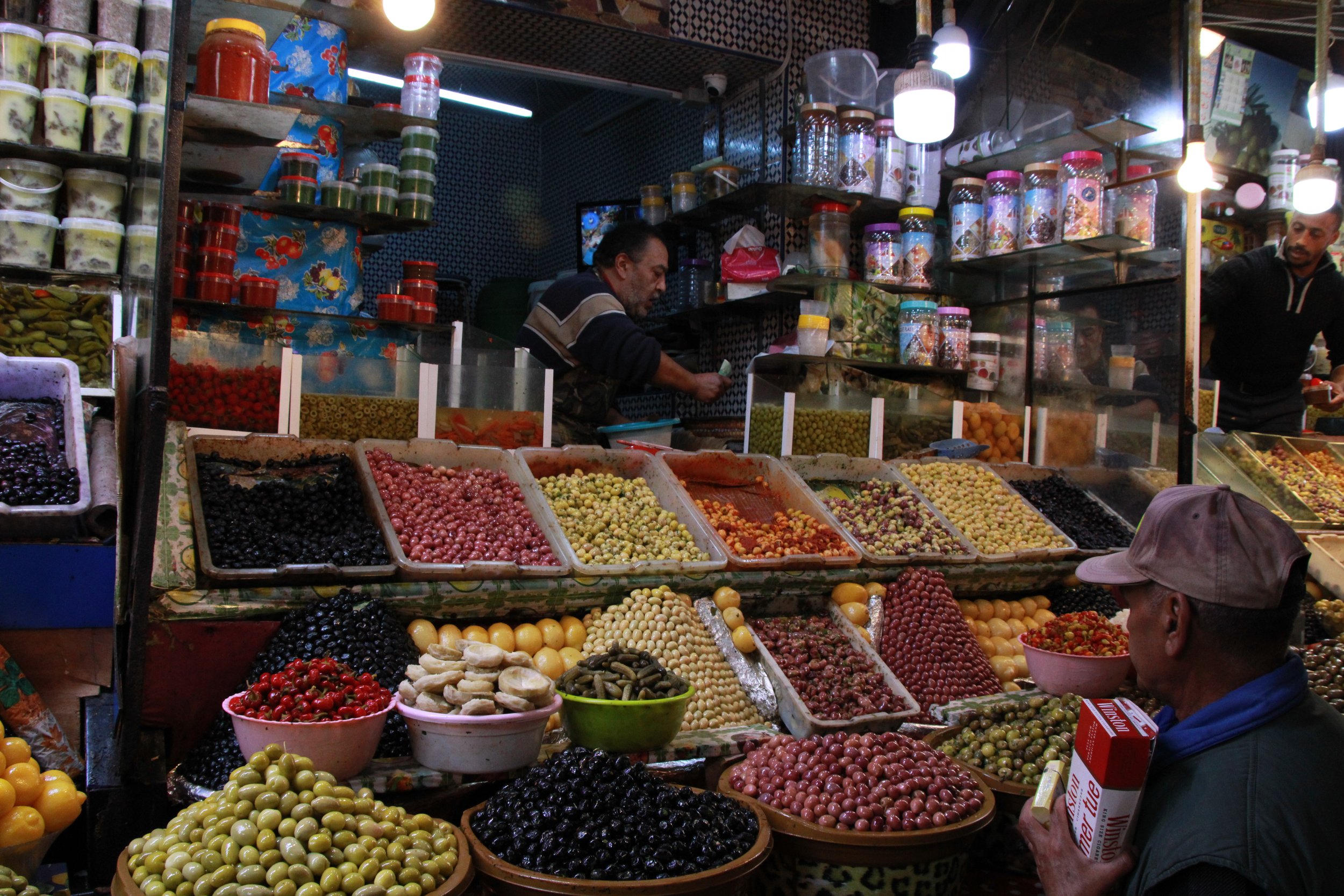
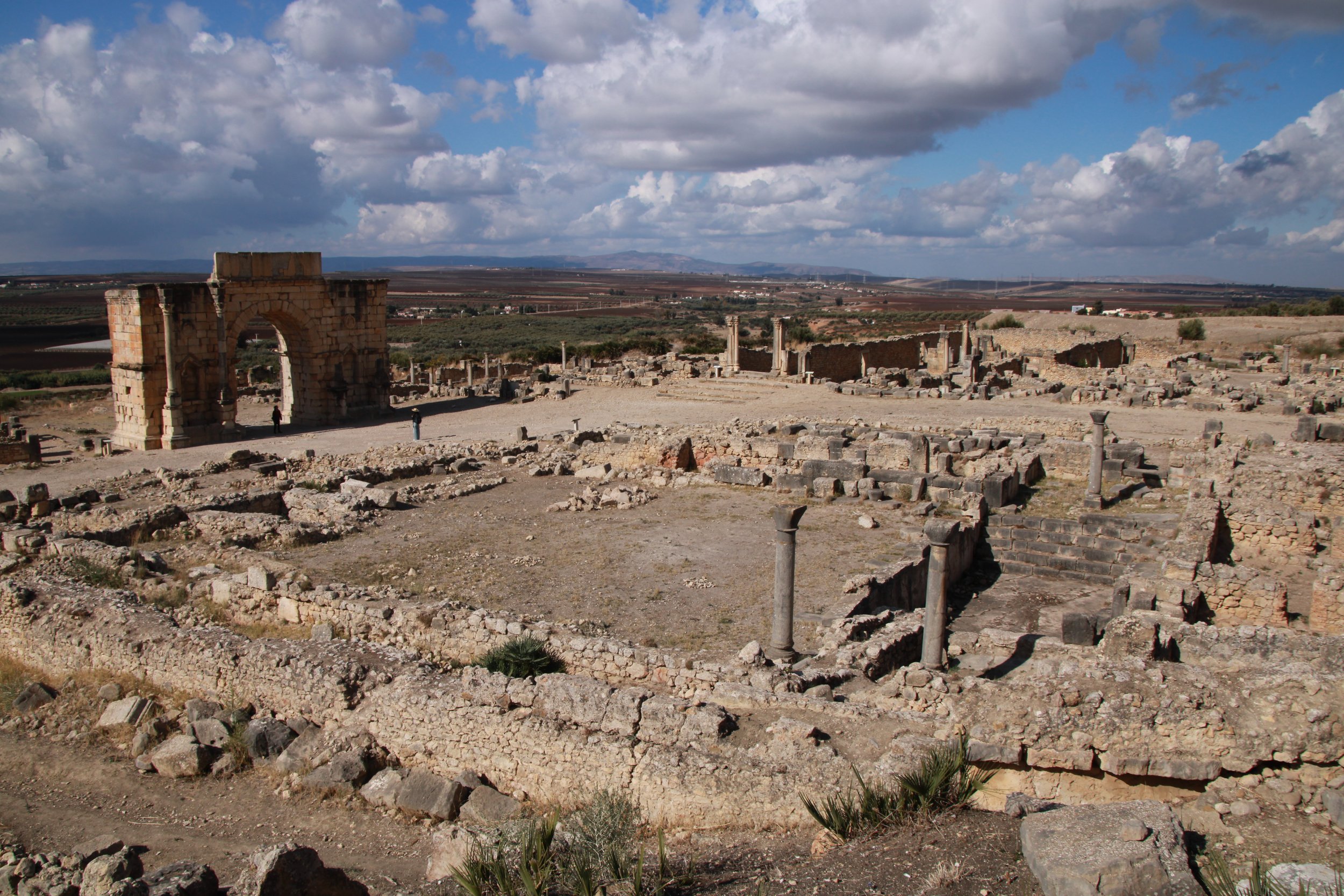

Meknes is located near some of the most fertile farmland in the country, and this is reflected in the food. The olives are the finest in the country, as are many other staples like tomatoes and pomegranates.
If one is planning to do a long day of shopping for things like copper, ceramics, leather, carpets, and other mainstays of Moroccan handicrafts, consider putting it off until Meknes, as the prices are lower there than in other large cities where bargaining pressure is much lower for the merchants. Additionally, a uniquely-Meknes decorative damascene art of pounding silver into iron will catch the eye of a traveler who has become accustomed to seeing the coppersmiths work in the medinas, as the shop will be filled with the deep grey of the iron.
If one is planning to do some photography, the food souk near Care Alley, just south of Bab Berdieyinne is a great spot where locals sell fresh produce and meat, and where prices are hilariously cheap if one wants to cook. Many Moroccans don’t like having their picture taken, so try buying some fruit first.

Rissani — the Desert Caravan Capital
Without doubt, one of the true hidden gems of Morocco is Rissani. As buses of young backpackers and French holidaymakers truck right past it to the much more famous town of Merzouga, which is essentially a camp built solely for the purpose of allowing westerners to ride camels across desert dunes, the more curious traveler will stop at Rissani.
There they will see an image out of time from centuries past: of a bustling oasis trading hub in the vast nothing of the Sahara desert, where Berbers bring textiles, metalwork, and produce down from the mountains, Tuareg deal in fabrics and jewelry, and where nomads arrive bringing salt and gold from further south.
Even today Rissani is a cosmopolitan trading center in the heart of a parched region, and caravans, modern and rustic, still depart and arrive from it. Hollywood screenwriters could scarce find a better cast of extras for a desert period piece than the delightful blend of people that walk around the town center, and simply watching them is an activity in itself.
In a 40-kilometer ring road around the city is a principal feature of the “Road of 1,000 Kasbahs” and there’s no better chance to see these traditional adobe and brick homes in all their various states than in Rissani.
Kasbahs can look like fortresses or palaces, but they’re actually contained neighborhoods, sheltered from the heat of the sun by thick high walls. If taken care of they will last longer and cost less to maintain than concrete, but if neglected they can turn into a medieval ruin in a decade.
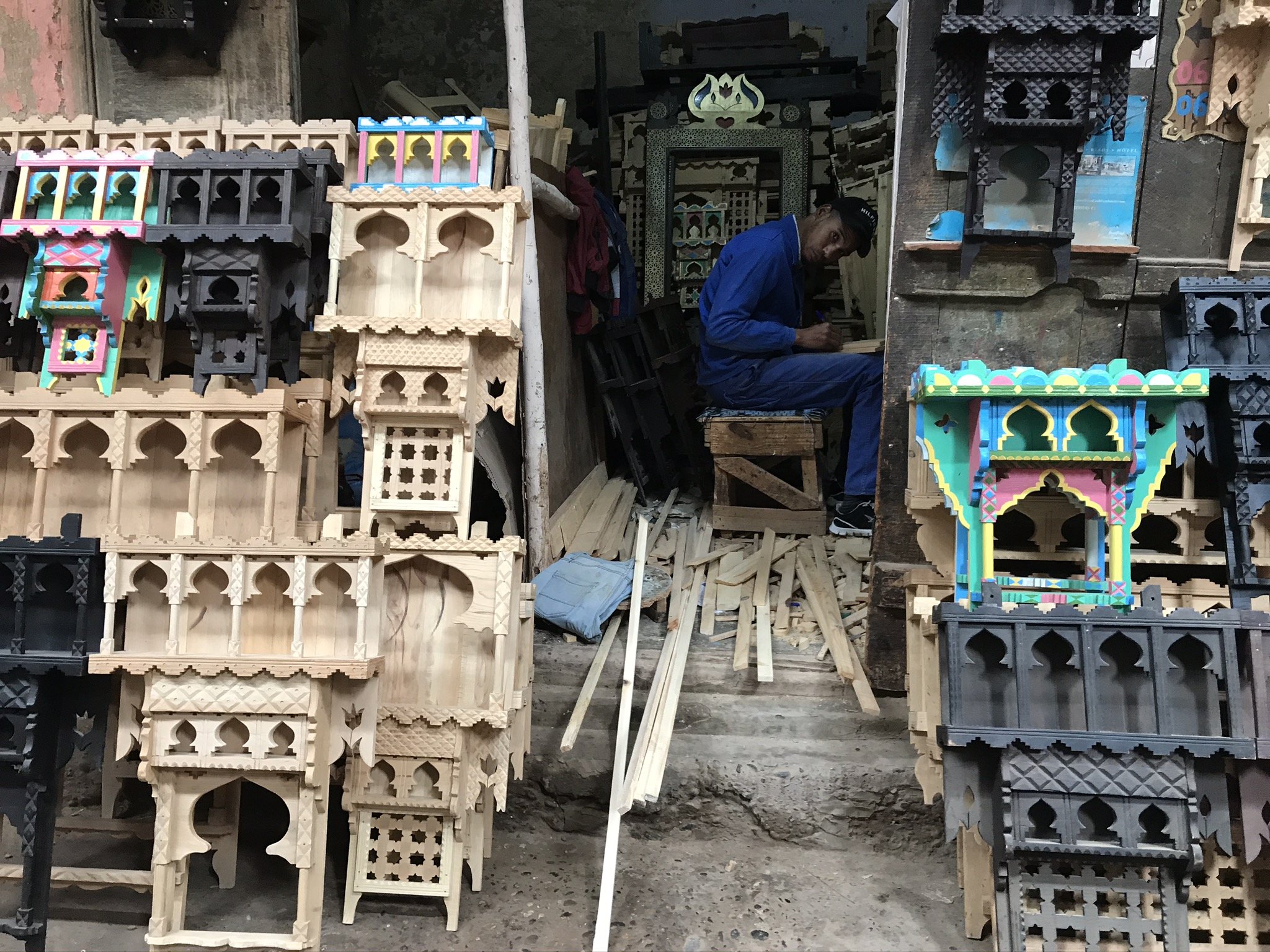
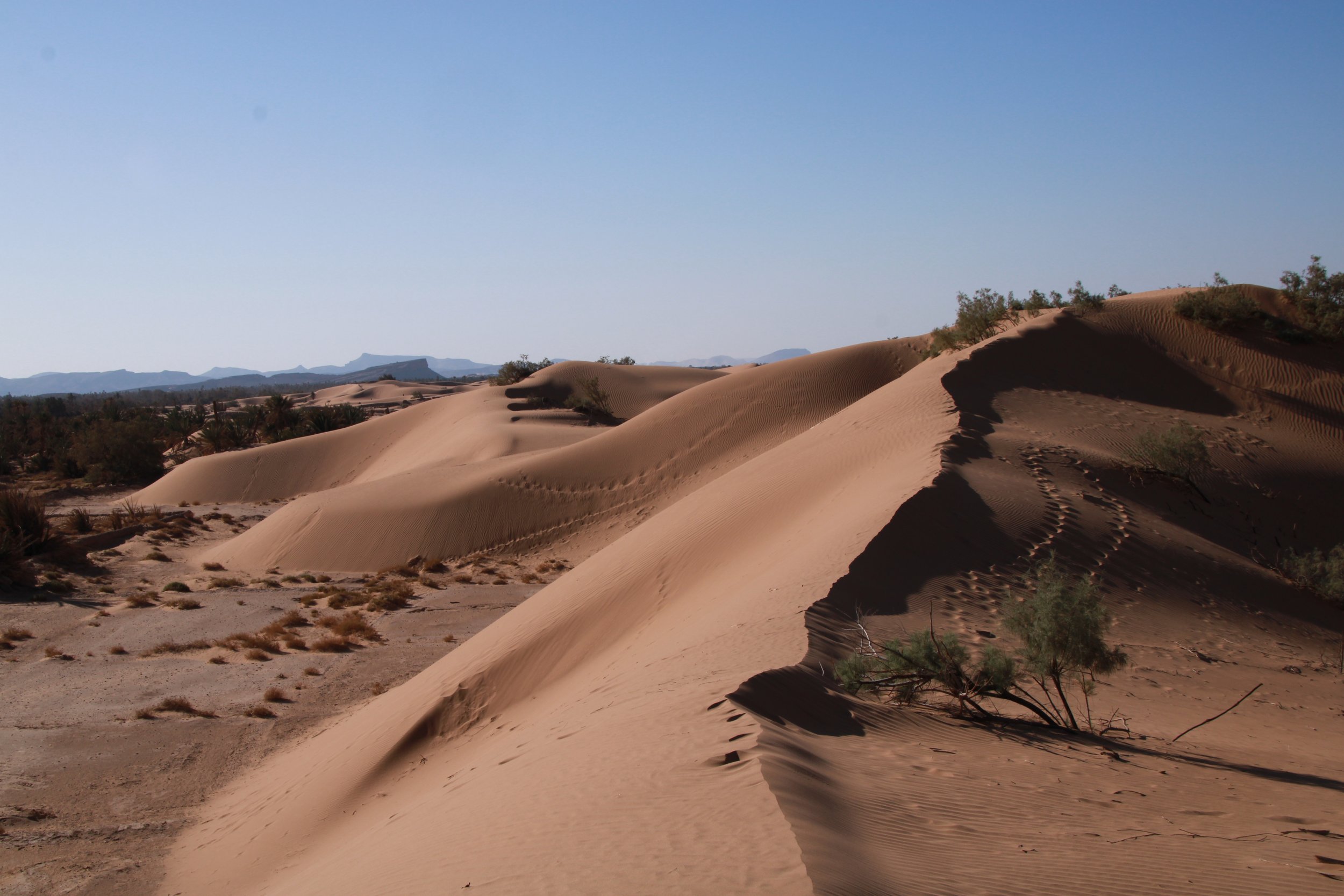
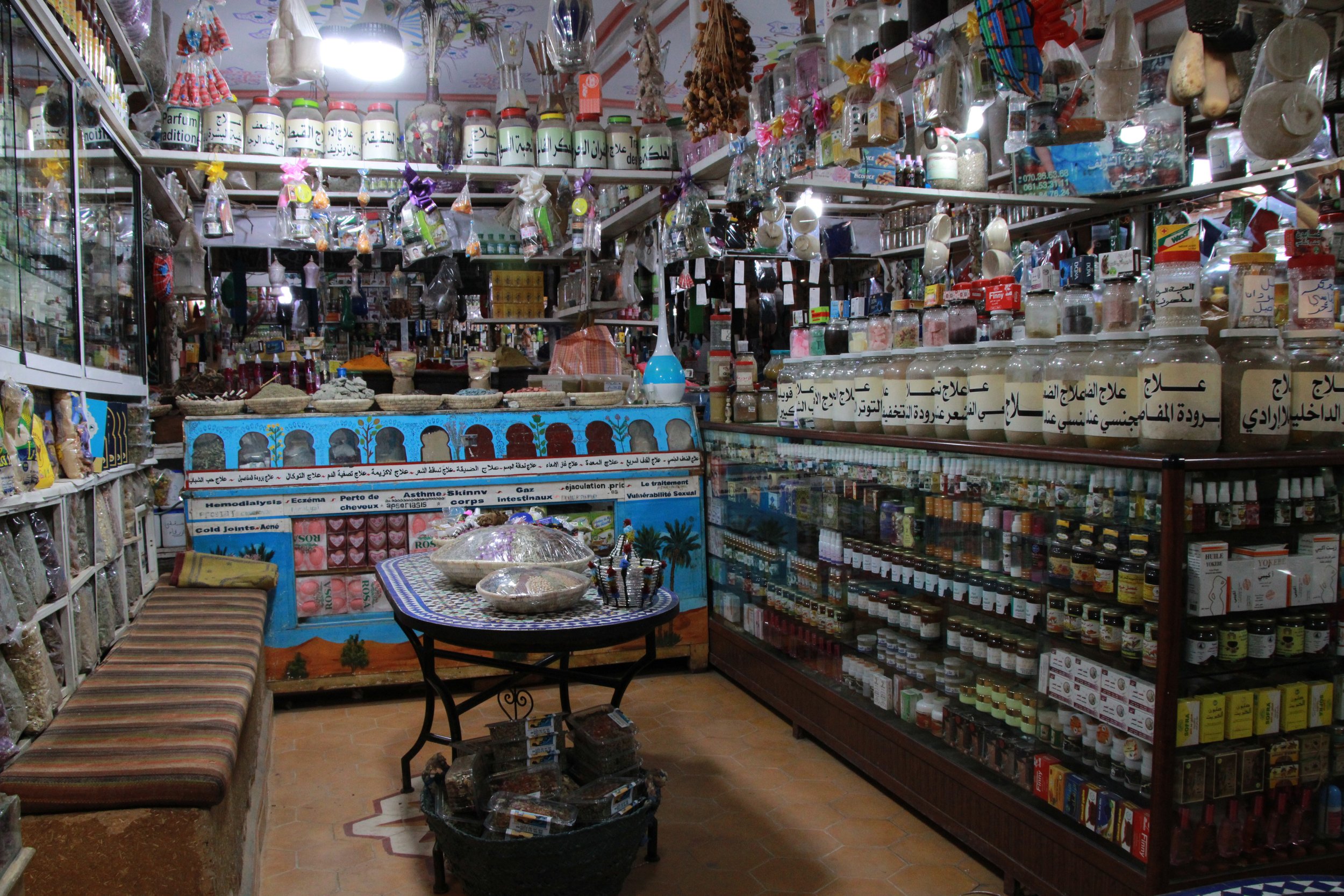
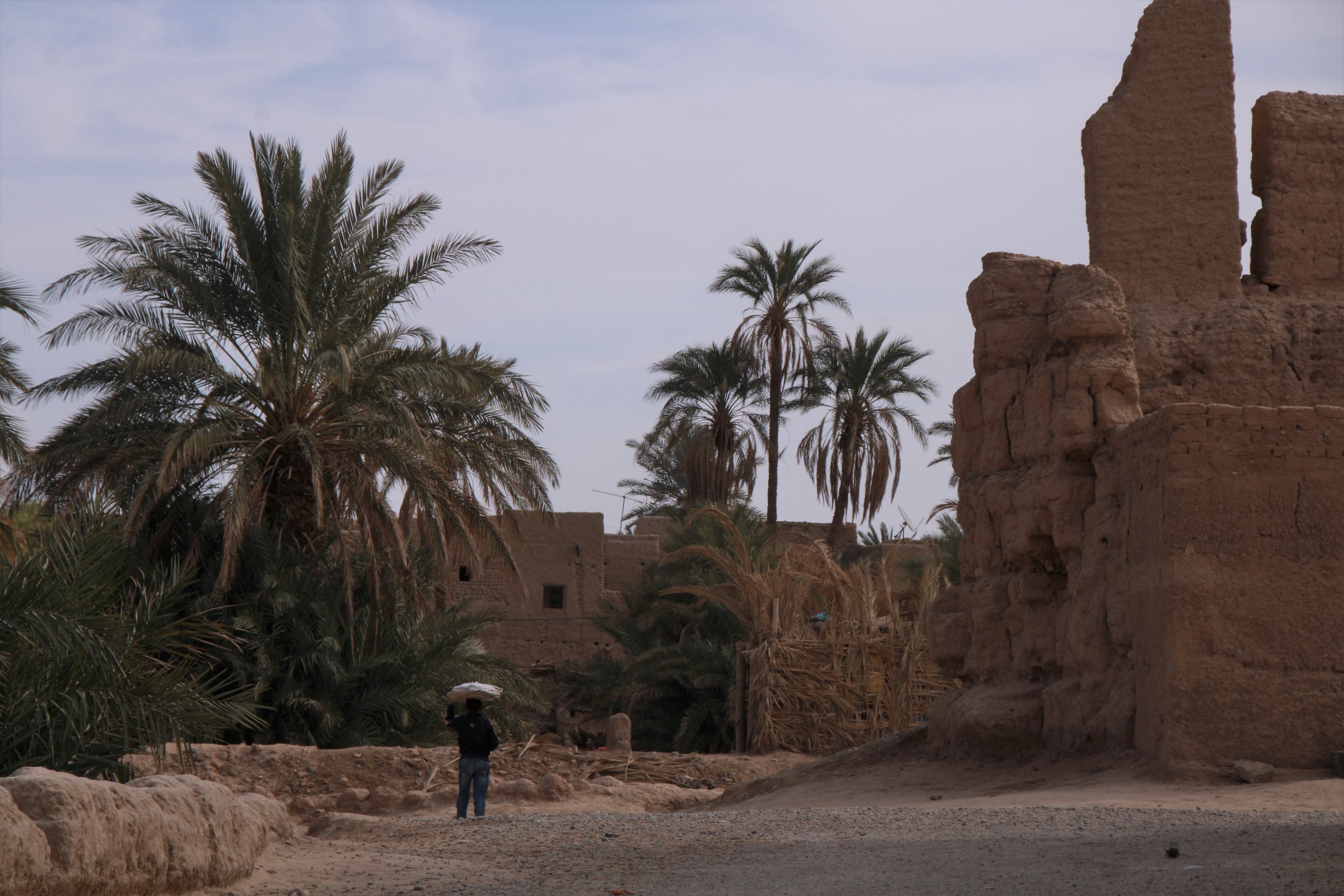
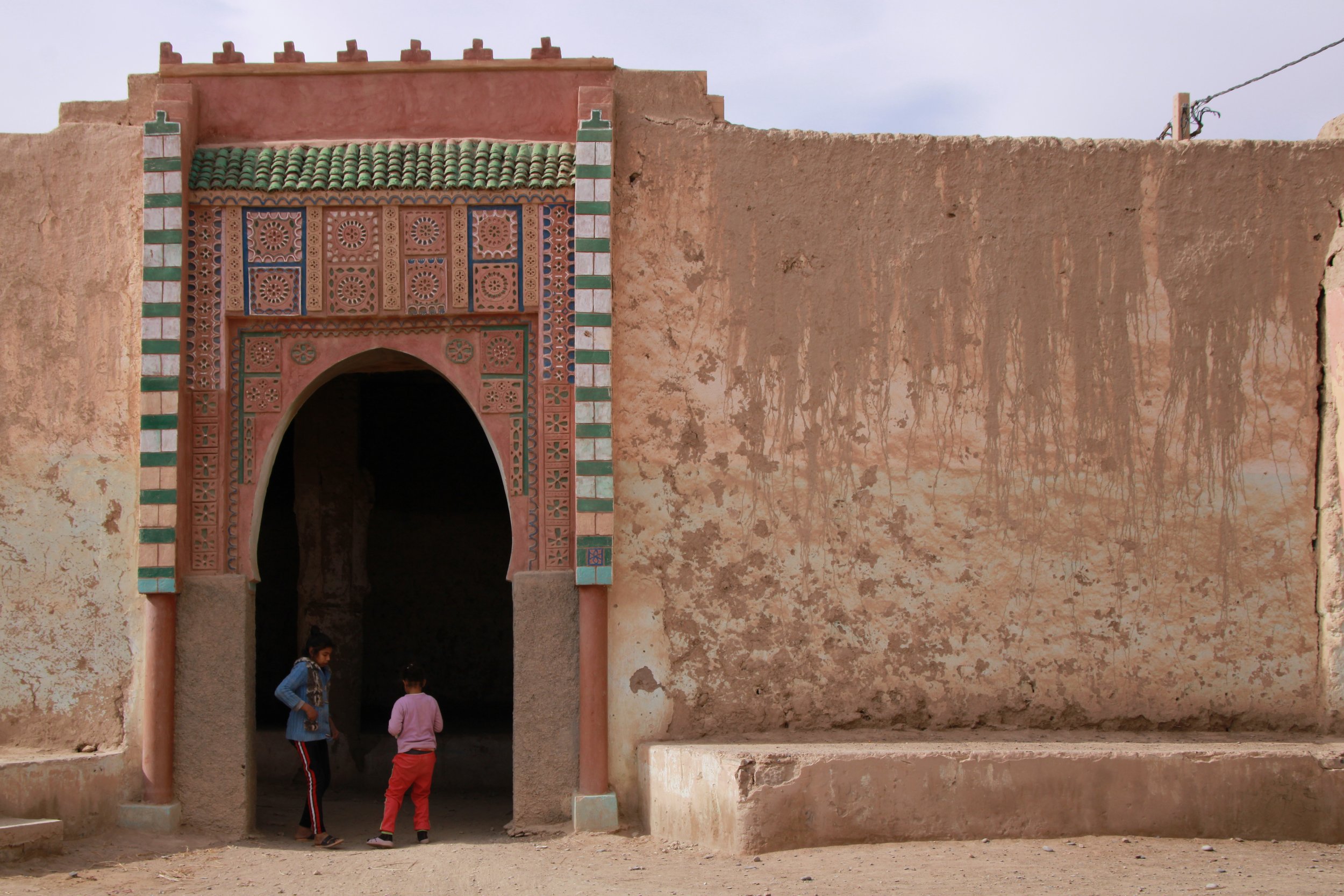
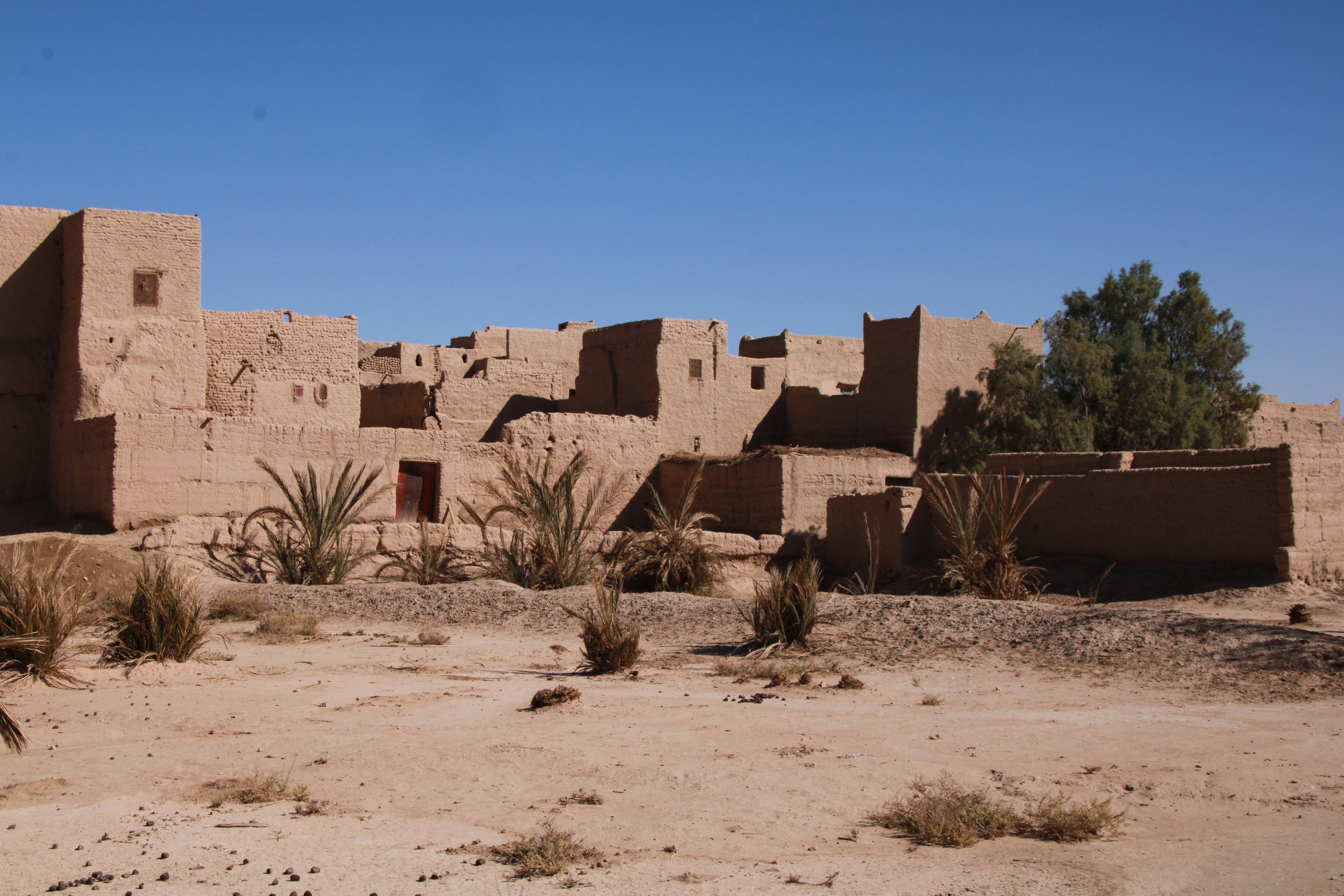
Also nearby are a number of small “Erg” or sand deserts, which provide a great afternoon of hiking to enjoy long shadows on the sand dunes, eroding desert mountains, ruined Kasbahs, and general silence.
The souks of Rissani are perfect places to buy a number of key Moroccan goods, principally dates, which are not only cheaper than elsewhere, but are sold in a greater variety of sweetness and textures.
Also in Rissani can be found typical sandals worn by caravan traders, woven of knotted leather and car tire to ensure they are indestructible. Herbs too are better in the desert, and several herbs and spices that are key to Moroccan cuisine, such as black cumin seed and fennel seed, are best grown in the Sahara.
Testimony indicates that the djellabas, the traditional Moroccan wool hooded-sweater, are made very well in Rissani, and their price of 200 dirham is less than what weavers and vendors have attempted to establish as a national price average in the rest of the country.
There are also legitimate caravansaries where you can stay for tea, and buy as close to the origin of the glittering decorative Moroccan artisan products as possible. Be wary here as much of it will be at antique prices, and could be higher than elsewhere in Morocco. WaL
PICTURED ABOVE: A cobbler from Rissani works under the shade of the souk. PC: Andrew Corbley ©
If you think the stories you’ve just read were worth a few dollars, consider donating here to our modest $500-a-year administration costs.
